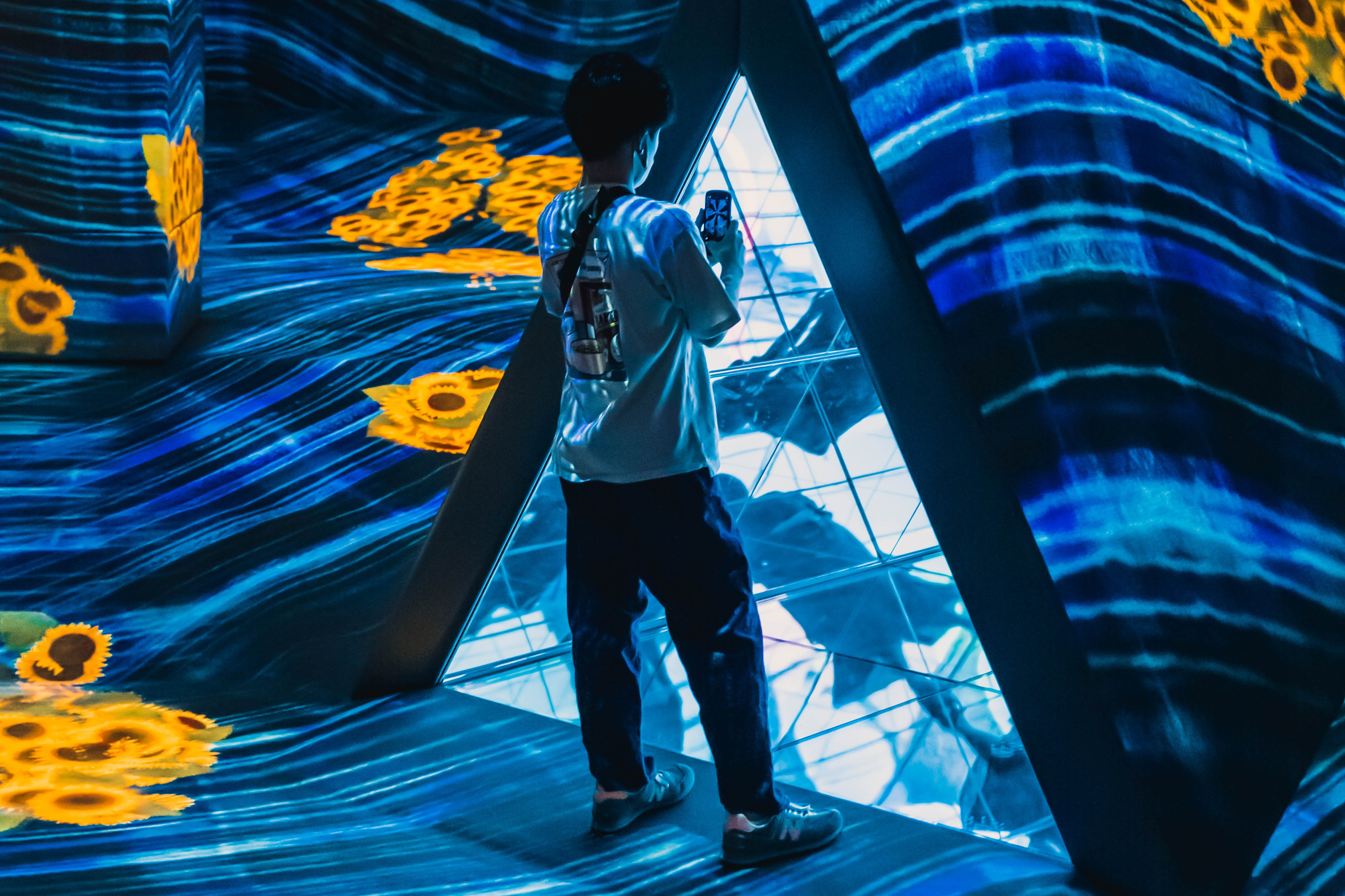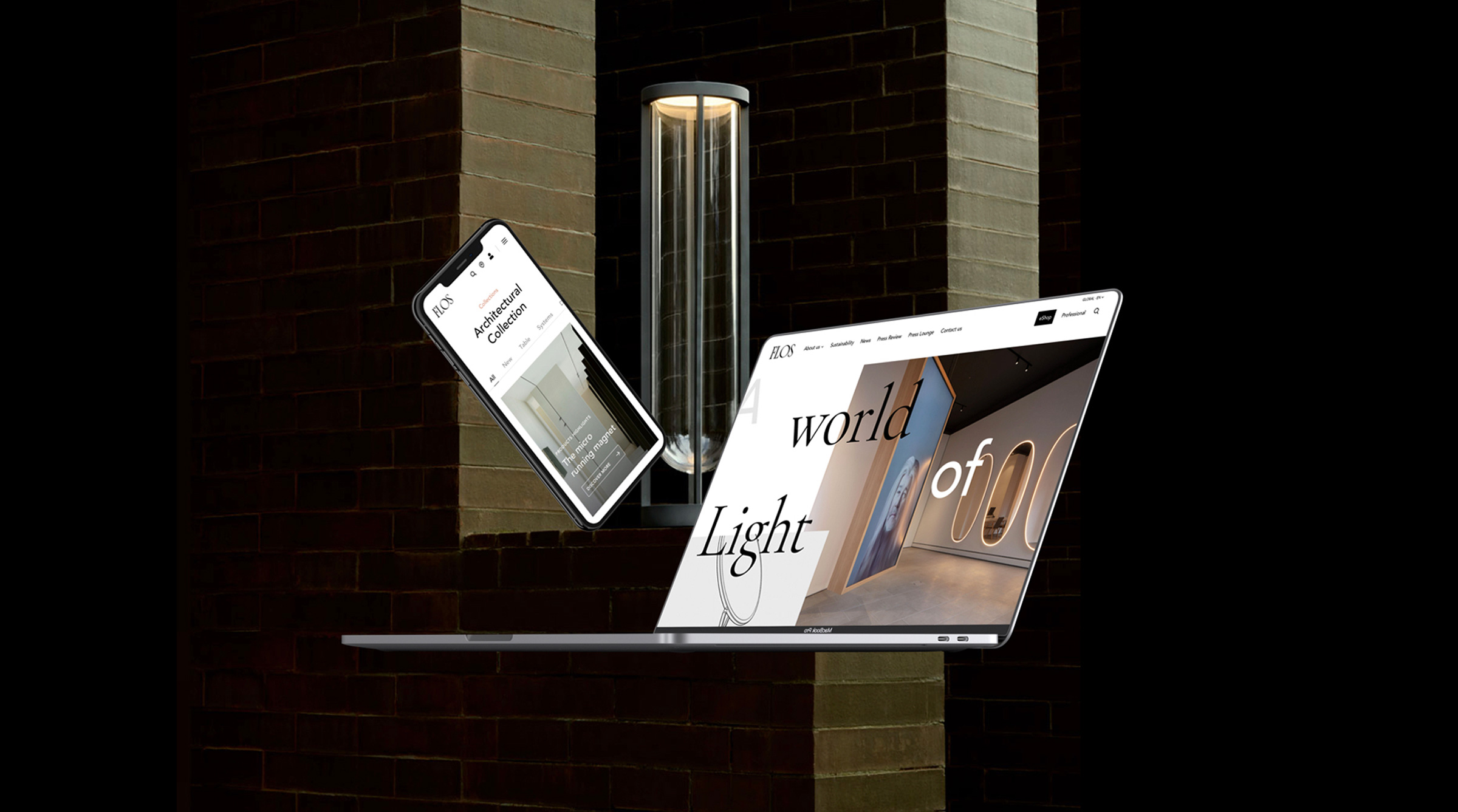The shopping experience in physical stores remains a strong point for the new generations. It’s a unique opportunity that differs from the online experience. Digital is considered the normality for the new generations. At the same time, the exclusivity of going to the store is the authentic experience that young people are looking for.
This in-store experience must be memorable and worthy of being shared on social media, not becoming a simple virtual interaction but a social and engaging experience. Real life becomes the heart of a new luxury, a way of living in the moment, appreciating the personalisation of interactions to the max.
It is, therefore, essential to distinguish between the online experience, which must be integrated, fast and precise, and the in-store experience, which must be a real WOW, something unique.
However, cross-channel integration remains essential to meet basic consumer expectations: offering services such as online purchases with in-store pickup, booking products online to try them in-store or accessing product-related digital content can foster a smooth and seamless shopping experience. You cannot be exempt from these services.
It is equally evident that this represents only a segment of their target. The demographic composition of the population pushes brands to have to serve up to three generations at the same time. The retail strategy must be specific and modular to generate value for each.










